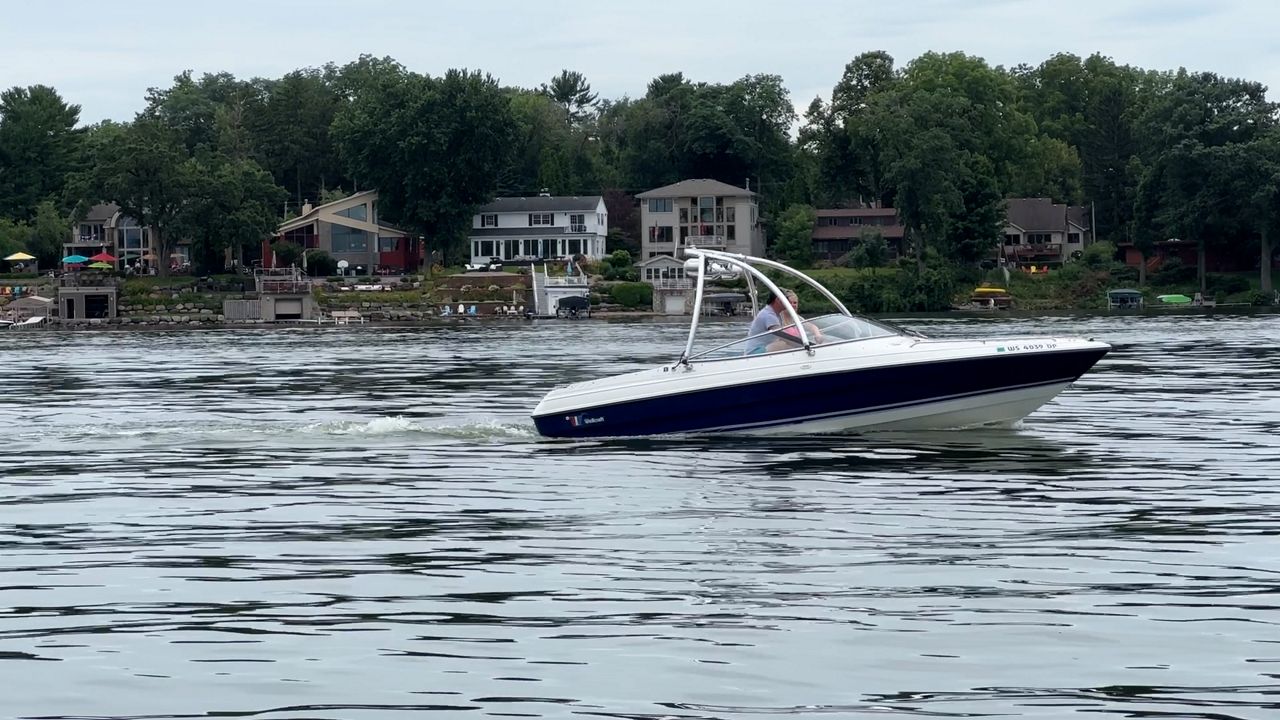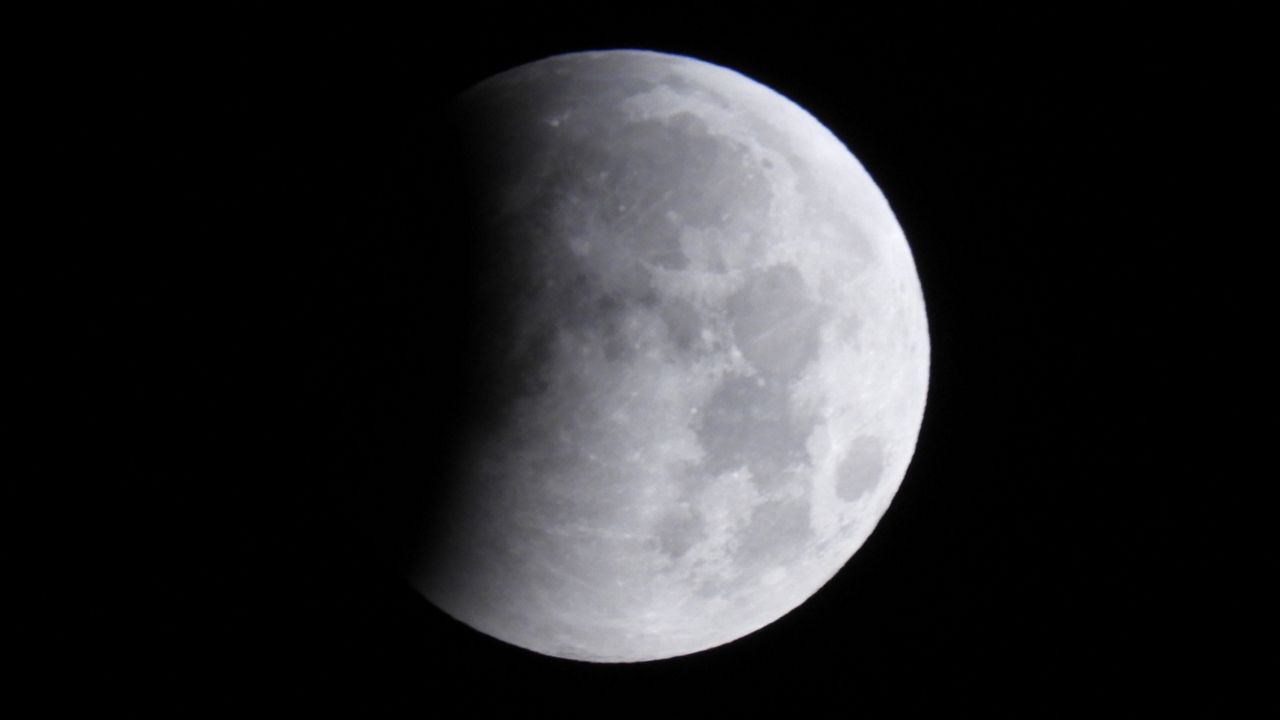Summer is in full swing, and that means it’s boating season. However, with warmer weather, comes the threat of dangerous thunderstorms.
Seasoned boaters know all too well how quickly conditions can change on the water but knowing what to do in every situation can save lives.
How do you know what weather to expect? Is it better to hurry to shore or stick it out? These are a few of the questions we will answer for you ahead.
Thousands of boating accidents happen every year leading to injuries and death. Most of these accidents happen during the summer months of June, July and August.
Of those accidents, roughly 3-5% of them are caused by weather. Overall, weather was the 8th leading cause of boating accidents in a 2023 study done by USCG.
While on the water, there are many hazards to be aware of: lightning, heavy rain and strong winds that can create dangerous waves. Together, these dangers can make the water the worst place to be during a thunderstorm.
The first step to safety is taking the right steps to prepare. Before you even hit the waters, knowing the forecast for the day is paramount.
Checking the forecast through your local National Weather Service office is a great start. If you can, it’s suggested to research the buoy observations to understand current conditions.
If there is any chance of thunderstorms, it is strongly advised to rethink heading out. Ultimately, it is your choice to decide whether to head out, so as to ensure you are confident in the forecast.
Weather apps, like the Spectrum News App, can help you make that decision. Additionally, having a NOAA weather radio is a great option.
Once the decision has been made for a day of boating, the job doesn’t end there. Some days may be tranquil, but other days the weather can be unpredictable and full of unwelcome surprises.
Keeping an eye out for a few key signs could make all the difference. If you notice skies darkening, winds changing direction, pressure dropping, or simply hearing thunder in the distance, heading back to port is the best decision to make.
If you think conditions can improve, hanging by a landing until it looks safe will allow you the option to head back out. If conditions get worse, seek dry land.
If you unfortunately can’t get to land before a storm hits, having a safety plan to protect yourself and guests is essential.
Thunderstorms are the worst nightmare for boaters. They can create many hazardous conditions like frequent lightning, strong winds, large waves, waterspouts and blinding rain.
While getting off the water is always the goal if a thunderstorm is about to hit, sometimes that isn’t an option right away.
The National Weather Service and U.S. Coast Guard recommends that you:
Ensure all riders are wearing their life jackets
Move toward shore at the minimum speed required that allows forecast motion
Hit waves at a 45-degree angle
Deploy anchor if stopping is necessary
Stay inside the boat cabin if available
Avoid touching metal or electronic devices
Use your marine radio to designate a distress frequency
In addition to the life jackets, you should have a safety kit available, especially for larger boats. For more on what you should have in your kit, visit here.
Deciding whether to set sail or stay on land is your decision. Being prepared for the worst every time you are on the water is a must. Remember to always check the forecast, be aware of changing weather conditions, and enact the thunderstorm safety plan when necessary. Doing so will help keep you safe and enjoy boating all season long.
Our team of meteorologists dives deep into the science of weather and breaks down timely weather data and information. To view more weather and climate stories, check out our weather blogs section.









